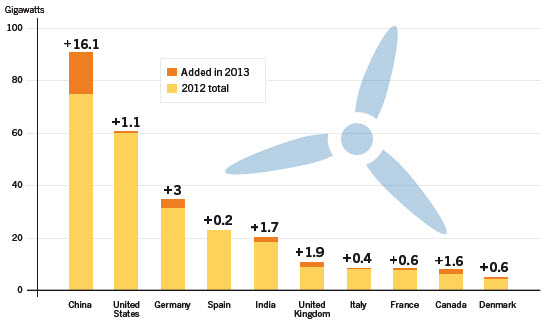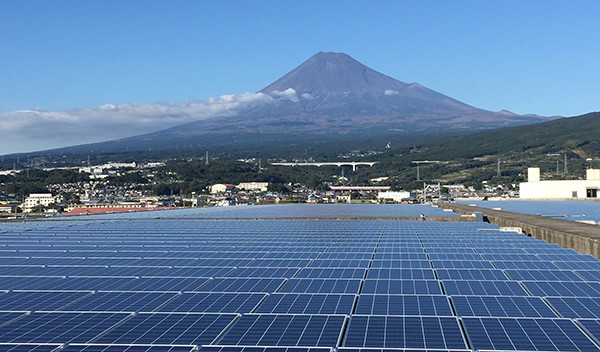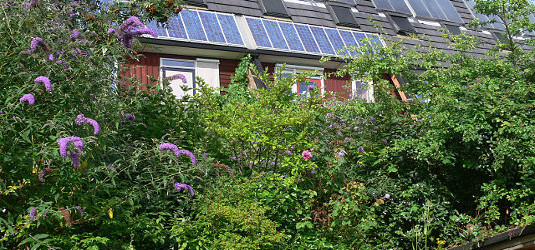Wind-farm design software allows optimizing on cost of energy

A time-series CSV of on-site data is easily imported into openWind Enterprise. Users can choose to bin the data into a number of sectors and can replace missing temperature and air density records with default values. Also, the turbulence-intensity table by wind speed and direction will automatically populate on the turbulence tab using the inputted time-series data.
openWind Enterprise is wind-project design and optimization software for professional wind developers with a highly-configurable toolbox that goes beyond just energy capture. The comprehensive features in the software lets users conduct wind-flow modeling, optimize turbine layouts, estimate energy yields, and calculate loss and uncertainty. Recently, the software was upgraded to include Time-Series Energy Capture and an Optimizer for Cost of Energy, furthering a developer’s capability to improve modeling accuracy and save time.
The user experience begins with opening long-term adjusted wind data in the program. It lets users copy and paste the time-series data directly into the software, or import a CSV file from Windographer, a program which analyzes and formats wind resource data. Users can also import results from their own wind-flow models, or use the model in openWind. The geographic information systems (GIS)-based interface lets users drag and drop files and folders into the software.
Benefit from a GIS-based Interface
The software accepts a wide-variety of gridded data such as terrain, roughness length, and vegetation height. Within the GIS interface users can convert satellite images to gridded data, edit attributes of vector layers, and convert vector layers into turbine-layout layers or environmental-sensor layers. There are also tools for clipping data, transforming raster layers, creating contours from elevation data, and buffering features. All these are useful when defining a buildable area for a project.
Optimize a layout for cost of energy
The Optimizer for Cost of Energy tool optimizes for energy output while considering the incremental cost of adding an additional turbine. It takes into account generates an access-road layout and a collector-system layout for every set of turbine positions under consideration. The Optimizer for Cost of Energy leverages the full GIS capability of the software letting it upgrade existing roads and factor in the

A user has opened a map for a large plot in openWind. Its interface displays various layers (for roads, buildings, vegetation, and water) on the right and shows them in the workspace on the left. The wind map layer setup can be seen in the workspace.
During optimization, the program costs of crossing water courses. If such information is available the software can tap into the GIS data and assign a different cost for each geometry object. A simple collector-system optimizer also accesses GIS data layers to consider circuit limits as well as terrain and easements. For roads and the collector system, it is possible to define a buildable area in the same way as one would do for turbine placement.
Calculation of estimated energy yield
Several different wake models are available for use in openWind Enterprise. The most notable is the Deep-Array Wake Model (DAWM). This derivation of the Eddy Viscosity Wake Model better simulates wakes for larger arrays by taking into account changes in the boundary layer and roughness lengths. The DAWM will choose the results of either the Eddy Viscosity model or the DAWM when appropriate, so users do not need aerodynamic experience with wake losses due to large-array effects.
A recent addition is the use of turbine types with families of power curves at different air densities and turbulence values as well. The program will choose the appropriate turbulence-intensity range of a power curve based on the per turbine total turbulence intensity.
Time-series energy capture
Another addition to the software is an ability to perform time-series energy capture. This can be used to generate energy production time-series or 12X24s over any period with time intervals ranging from 1 to 60 minutes. The software takes a slightly different approach to that used in other programs. Instead of using a look-up table, it attempts to model the time-series energy capture from first principles, as if the era of wind-frequency tables never happened. This lets the software consider diurnally varying air density, temperature, and turbulence intensity. These can be switched off to perform a TAB-equivalent time-series energy capture, which uses wind-frequency tables instead of time-series data.

A snapshot of the Optimizer
comes from the Cost of Energy settings. The layer hierarchy appears in the workspace on the left. In the background, a sample turbine layout is shown with the access-road and collector-system layouts in red and purple, respectively.
The addition of turbine scheduling lets users model environmental curtailments. For example, the user could specify that a turbine is switched off to avoid bats between certain times for certain days of the year, or to switch to a low noise power curve at night.
The GIS capabilities, Optimizer for Cost of Energy, and Time-Series Energy Capture in openWind Enterprise can trim time off developing and proposing projects. Other features include sector-wise separation distances, shadow-flicker, crane-pad checking, effective turbulence, gridded turbine layouts, spatially varying loss rasters, and wind-resource uncertainty. These features benefit users by letting them design a layout for a project and understand more of it than would otherwise be possible. WPE


